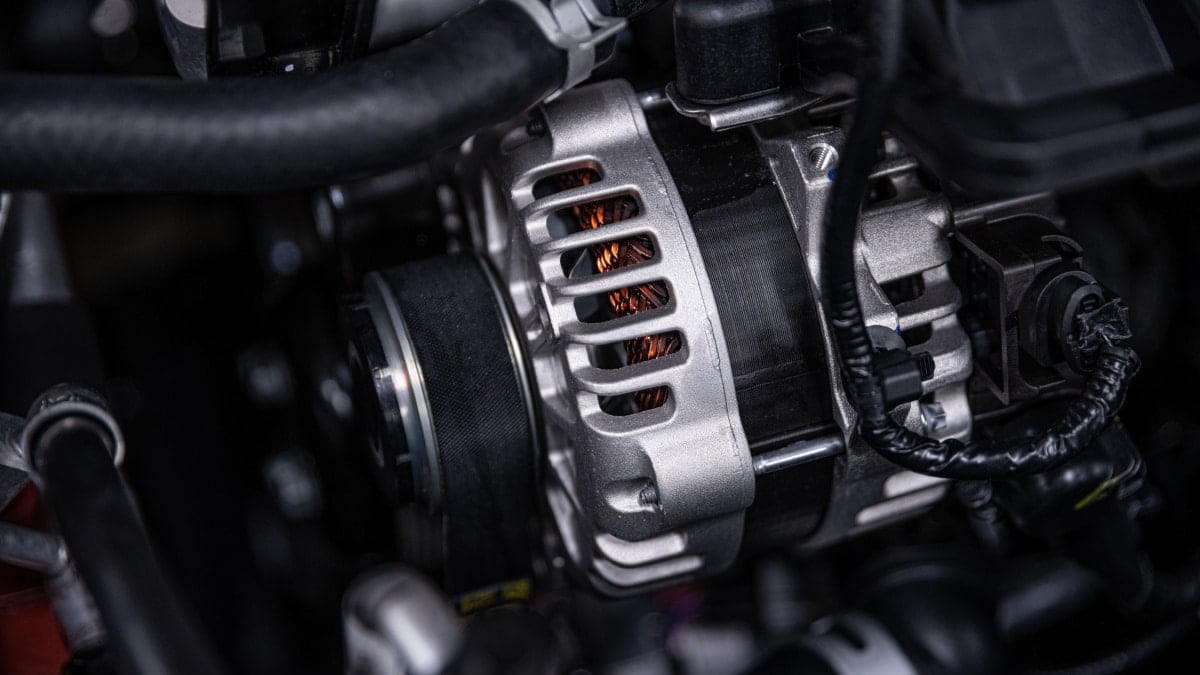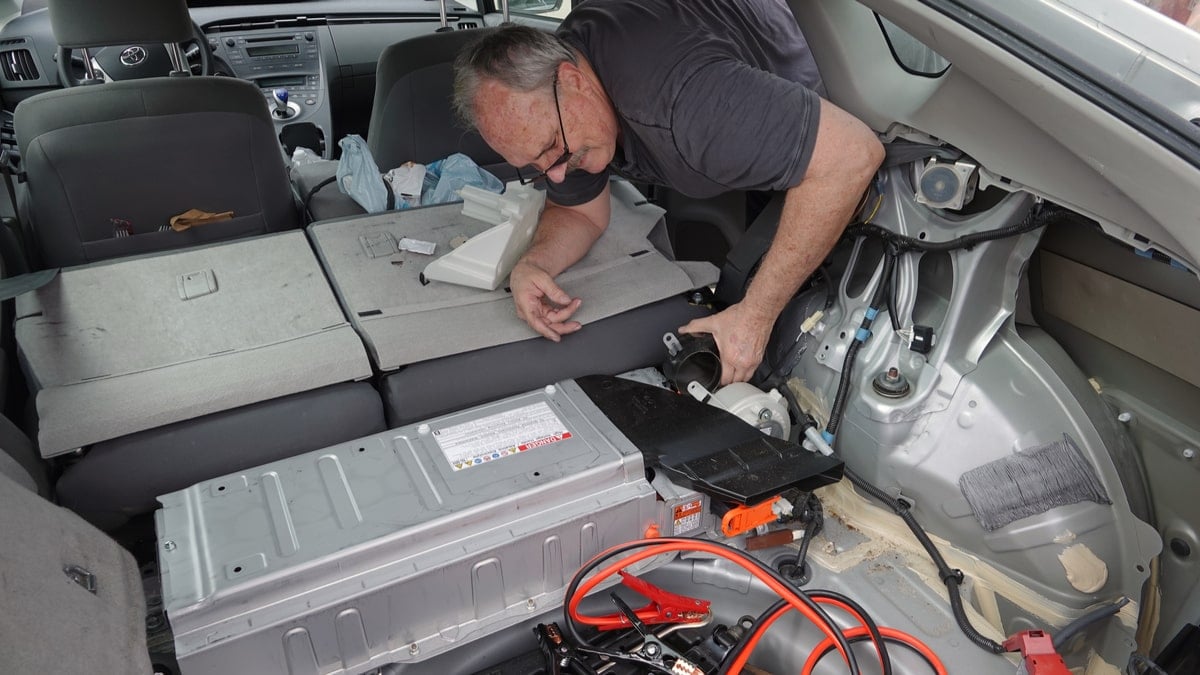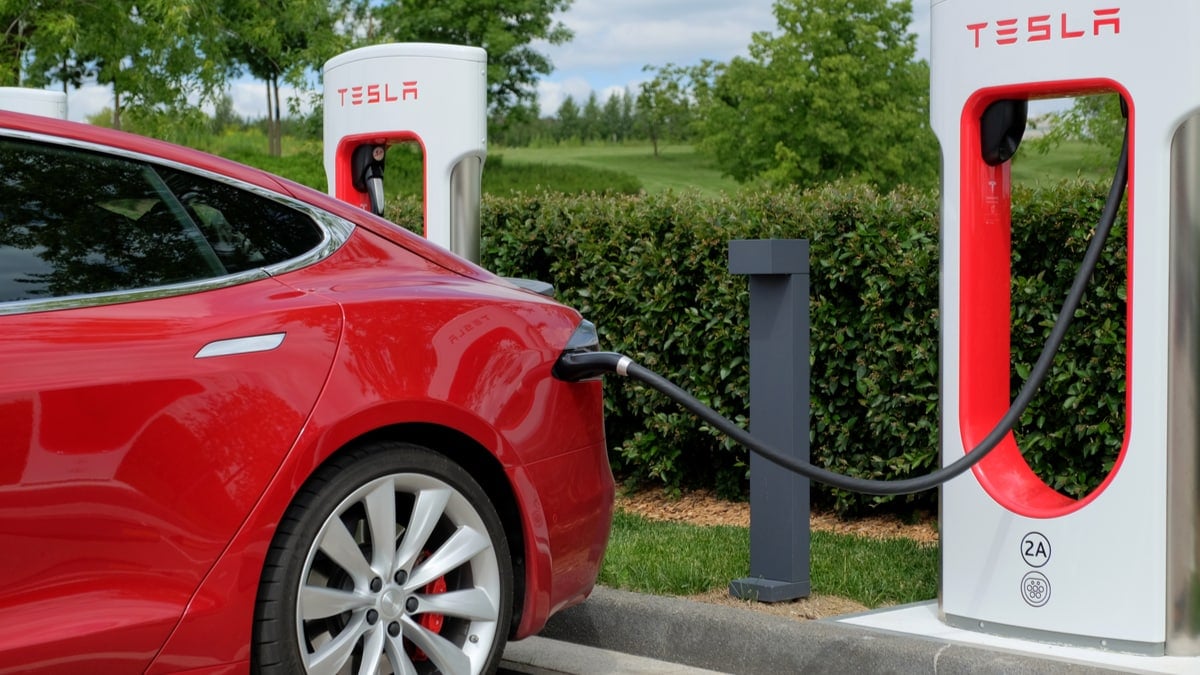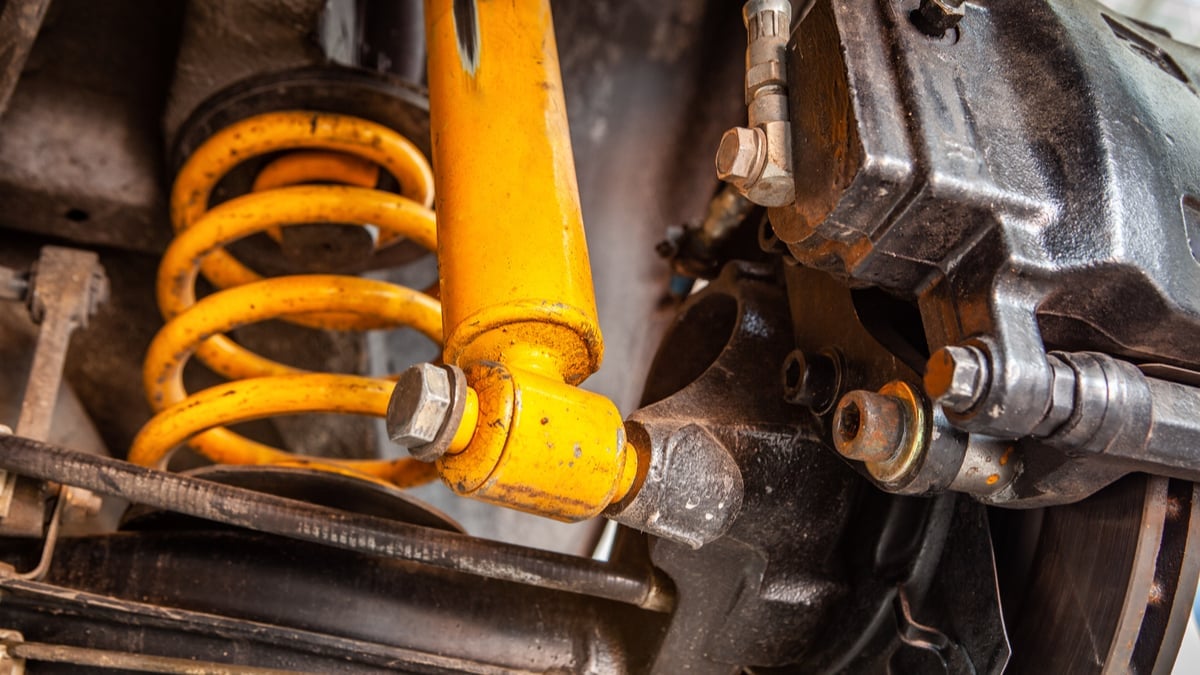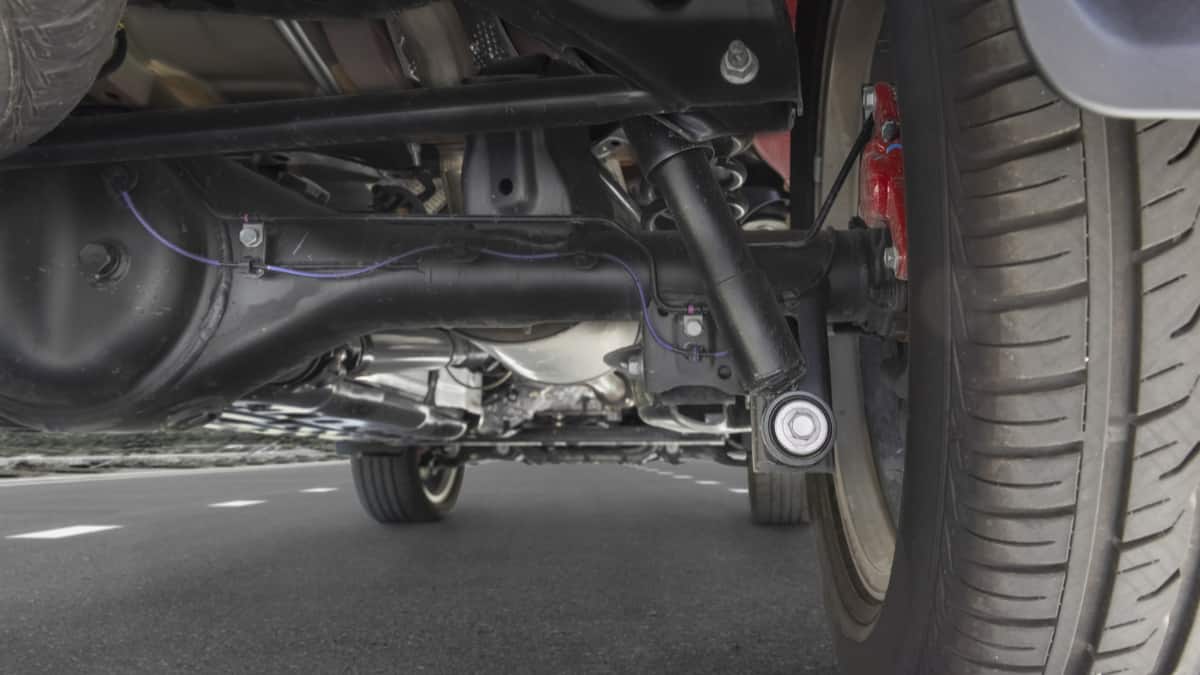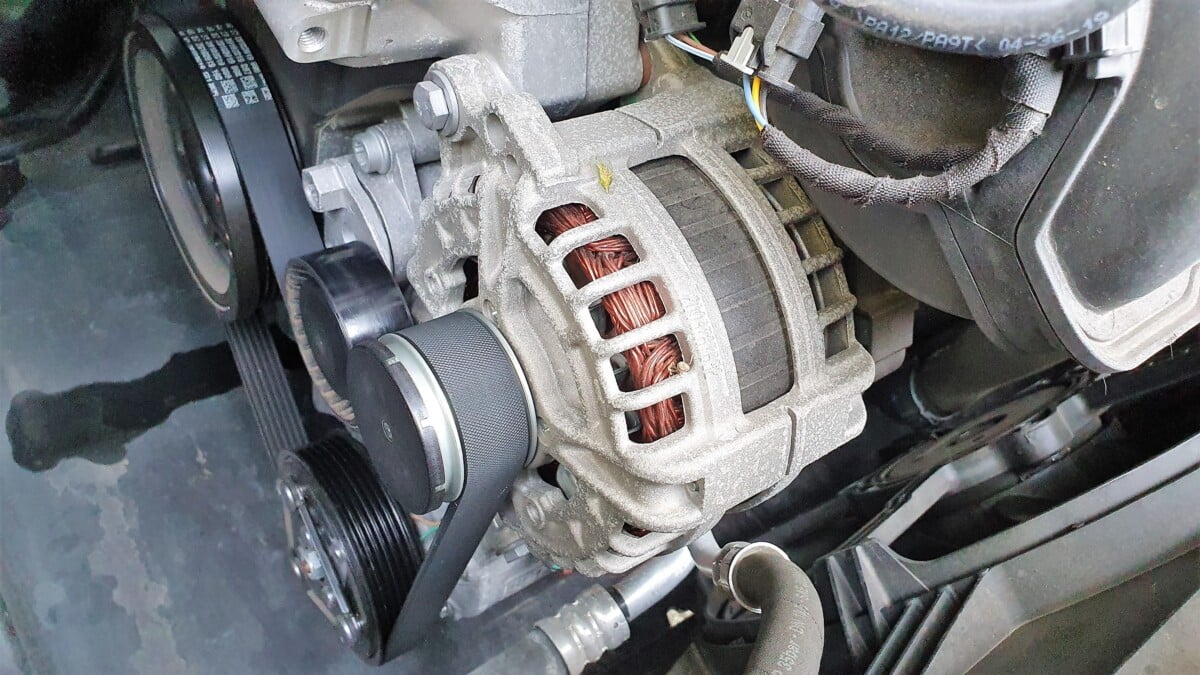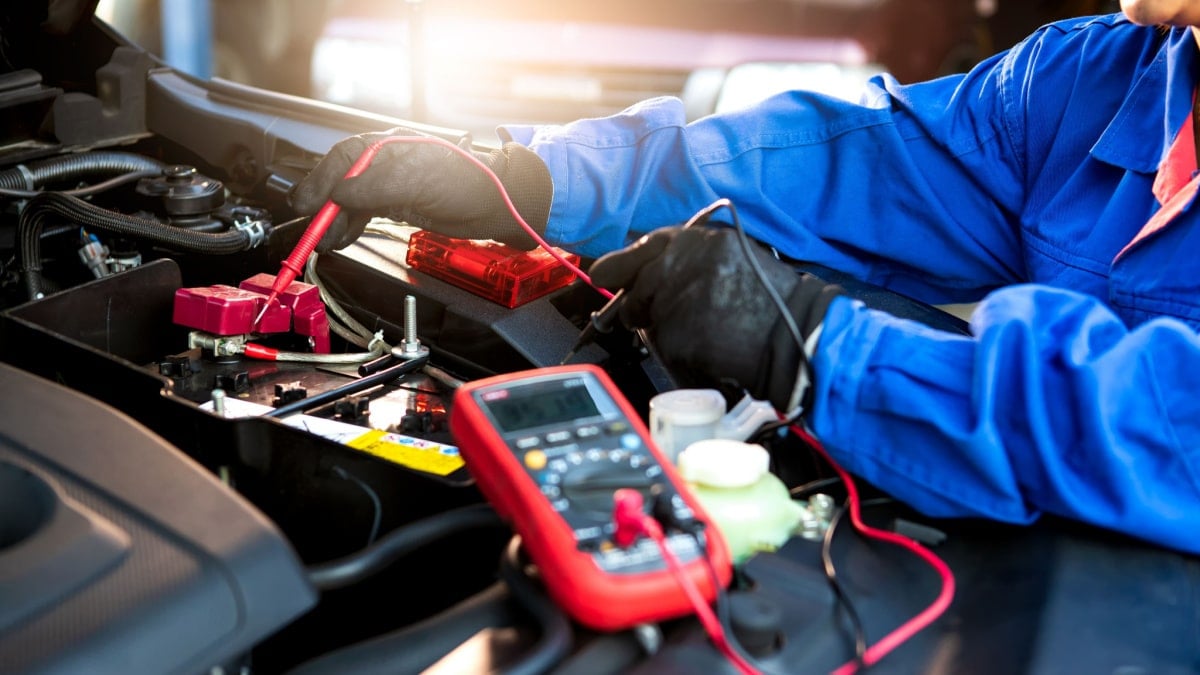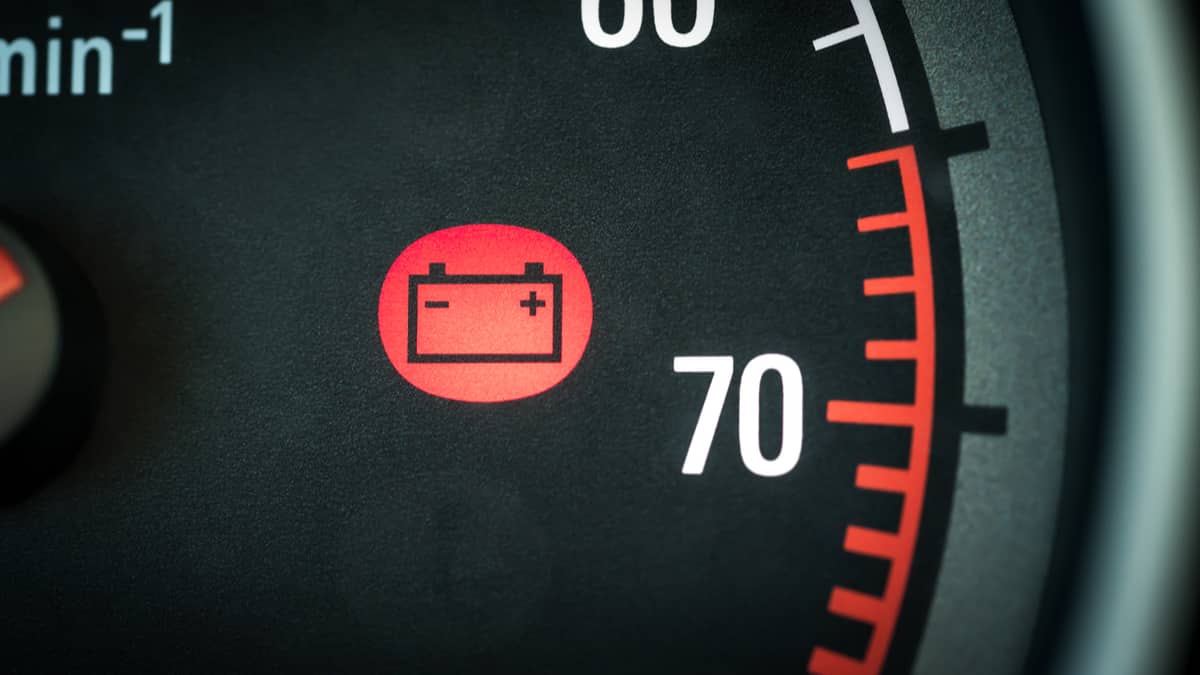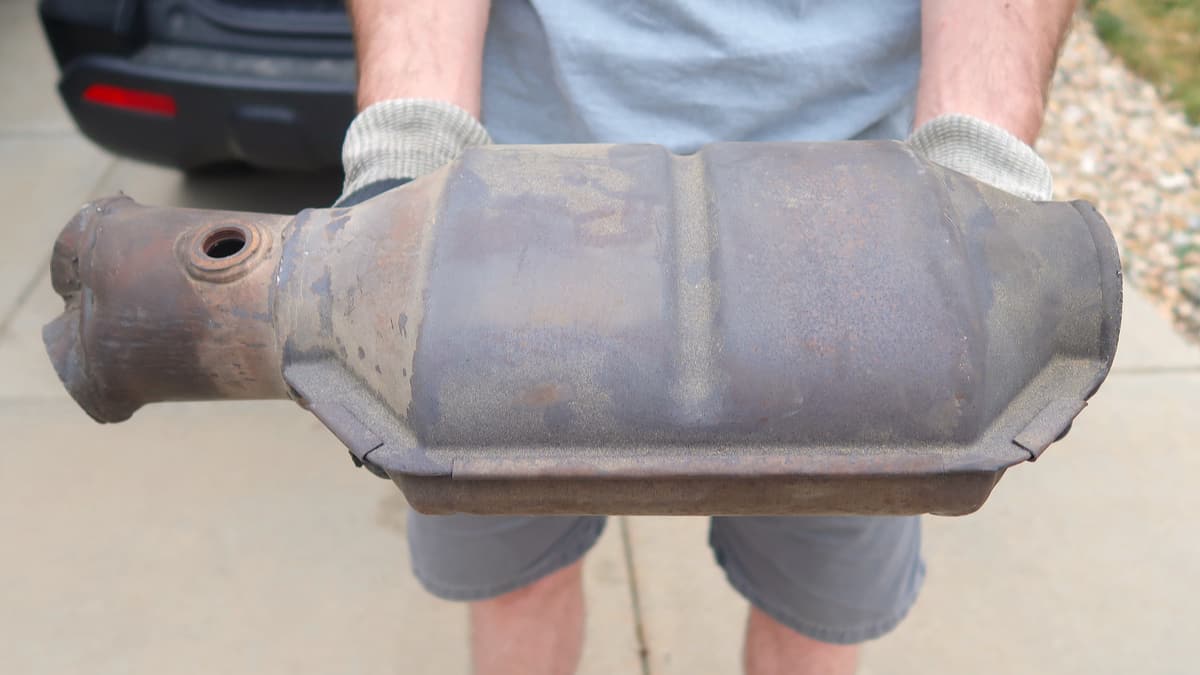The car alternator is needed to keep the battery charged. While the engine is running, the alternator produces voltage to charge the battery. When the alternator fails, the car battery dies, leaving you without a way to start the engine. Your only option is to have it repaired, so it’s important to know the average alternator replacement cost.
In this guide, we estimate the repair cost for an alternator. We also look at what affects this price and show you how to repair an alternator at home. At the end of our article, you will learn what causes the alternator to fail and get answers to your top questions.
How Much Does An Alternator Replacement Cost?
On average, you may spend $450 to $800 for an alternator replacement. The cost for the alternator could be between $300 and $650, while the labor may add another $150 to $225. If other parts need to be replaced at the same time, such as the serpentine belt, you could spend more.
If you can replace the alternator on your own, you will save the money on labor costs. Alternator replacement is a fairly simple fix that can be performed with basic tools. We will discuss these steps later in our article.
Factors Affecting The Alternator Replacement Cost
To get a more accurate estimate, you need to consider a few factors. We look at how the vehicle make and model, OEM vs. aftermarket parts, the additional parts required and the labor costs will affect your estimate.
1. Vehicle Make/Model
Every car uses a specific alternator. They are not universal. The alternator generates a particular amount of electricity for the car its powering. Some have more copper content than others, which makes the price go up.
Additionally, the mounting style of the alternator affects the price. So do the electrical connections. If you have an older car, it may need a 1-wire alternator, which costs less than the newer 3-wire alternators.
2. OEM vs. Aftermarket Parts
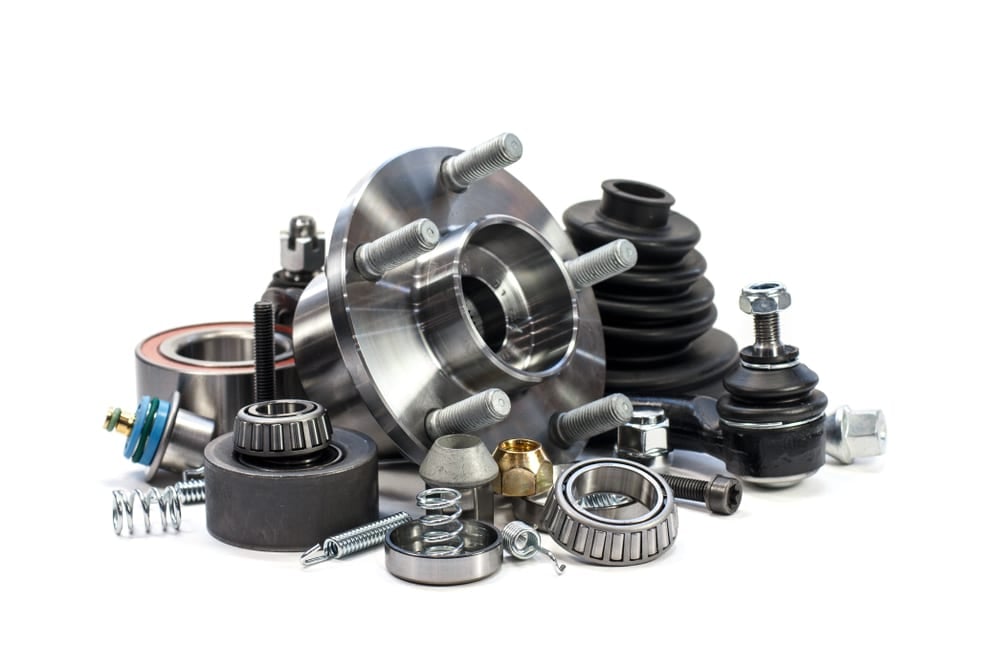
You can get an Original Equipment Manufacturer (OEM) alternator, but you are going to spend more. These parts are designed by the car manufacturer and are the same as what you had when the vehicle came from the factory.
Aftermarket companies provide a wide range of options that can cost far less. However, not all aftermarket brands are equal. If you want to save money on an aftermarket part, make sure you research the integrity and durability first.
3. Additional Parts Required
There’s the chance you will also need a new serpentine belt at the same time. To replace the alternator, you often need to remove the serpentine belt at the same time. Therefore, if it’s almost time for this maintenance service, normally occurring every 60,000 to 100,000 miles, you may as well just do it at the same time.
The cost of a new serpentine belt may be between $75 and $200. If you can’t replace it yourself, you may spend another $65 to $250, depending on how hard it is to replace.
Aside from the serpentine belt, you should also look at the tensioner. There’s no sense in putting on a new belt if the tensioner is too tight or loose. You also need to examine the alignment with the pulleys or you will end up with slippage and uneven belt wear. Furthermore, it’s a good time to examine the connections to determine if they are loose or damaged.
4. Labor Costs
Labor rates for mechanics change depending on where you live. For 2023, we found the average mechanic labor rates per hour are $45 to $170.
Again, there are many factors affecting this cost beyond your location. They are also different based on your type of vehicle and the skill level of your mechanic.
How To Replace An Alternator
If you want to replace the alternator on your own, we have the steps for you. Before you get started, reference your car’s service manual to make sure there are no contradictions.
1. Disconnect The Battery
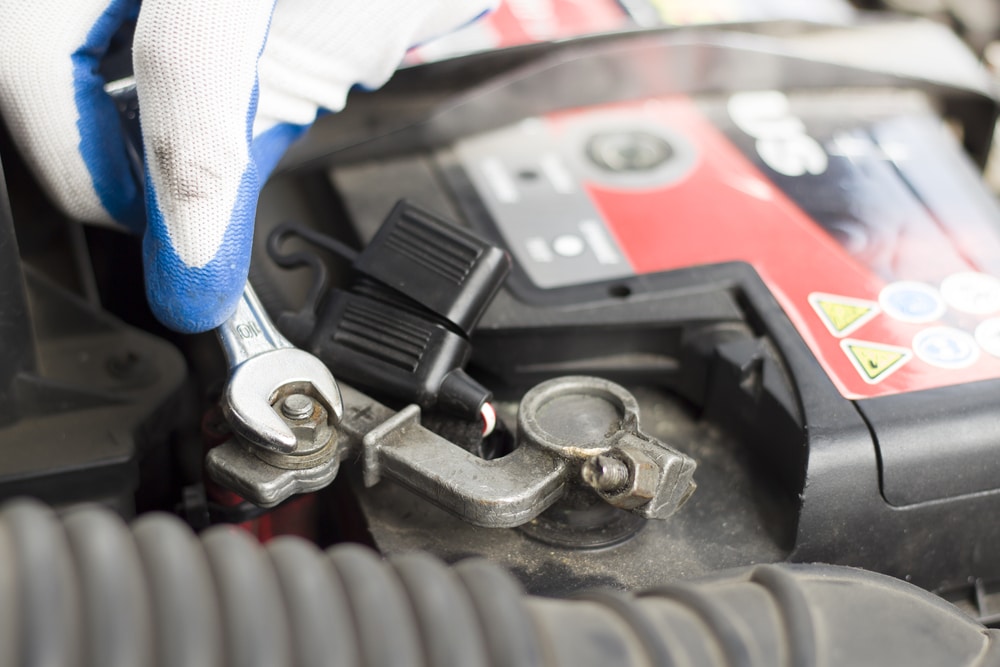
Before you get started, you want to disconnect the battery. It’s the only way to avoid a short while you are working.
With the ignition off, disconnect the negative battery cable. You may also choose to clean car battery corrosion at the same time to ensure a proper connection. If the battery is dead, you can remove it and hook it up to a charger during this time.
2. Locate the Alternator
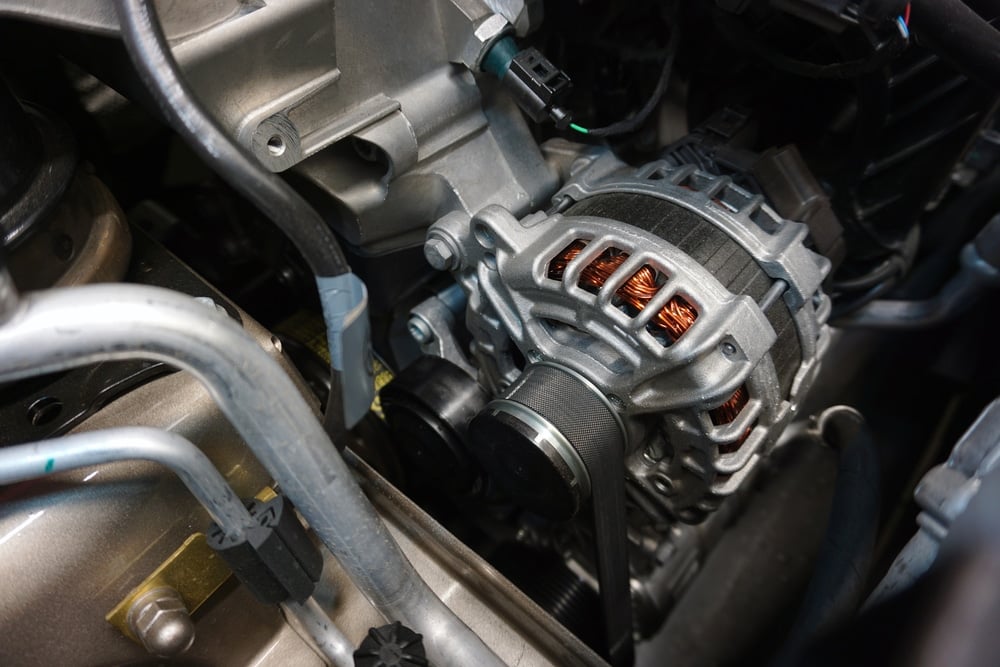
The alternator acts as a generator for the car battery. It’s usually mounted to the car engine, either on the side or the front.
If you must access the alternator from under the vehicle, you may need to jack it up. Make sure you place the vehicle up on jack stands to secure it.
3. Remove the Alternator
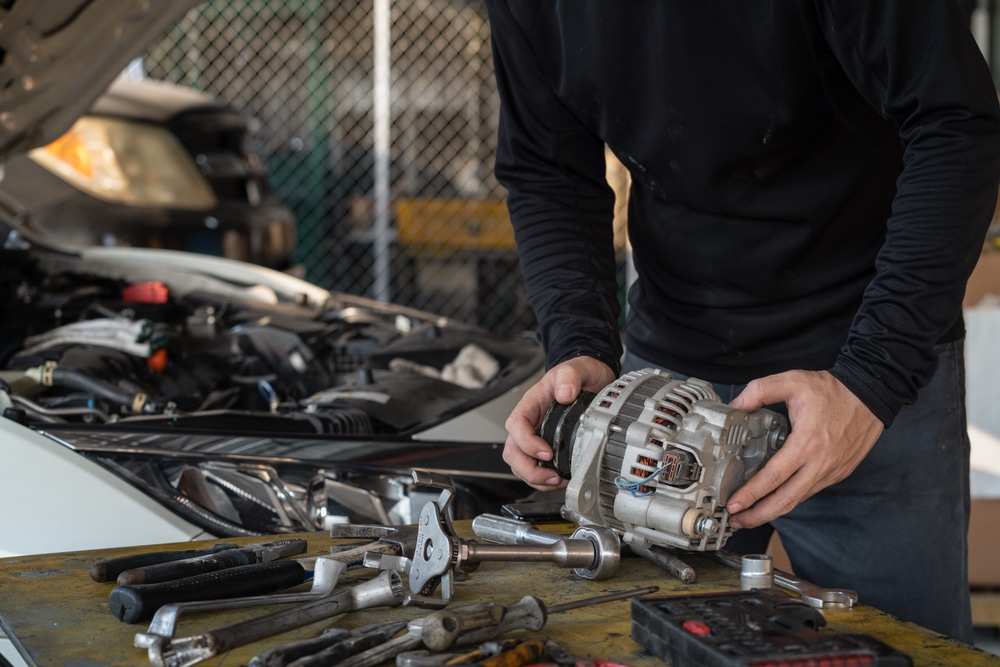
Before taking off the alternator, you must first remove the serpentine belt. If it’s time to put a new one on, get it ready now. Remove the cables and unbolt the alternator from the engine. Pay close attention to any mounting brackets that are holding the alternator in place. Carefully unplug any electrical connections.
With the alternator off, you can match it up to the new one. Look at them side-by-side to make sure you have the right replacement.
4. Install the New Alternator
Align the mounting bolts on the new alternator and tighten them all carefully. Before completely tightening them, you may need to reconnect the electrical components.
You also need to put the serpentine belt back on. You can find the belt routing diagram under the hood or in your service manual.
5. Test The Alternator
With everything put back together and the car battery reconnected, you are ready to test the alternator. If you don’t want to do it yourself, many auto parts stores offer free alternator testing.
Measure the battery voltage with a multimeter. It should read around 12.6 volts. Start the engine and read the measurements again. If the alternator is working correctly, the measurement should now be 13.5 to 14.5 volts.
What Causes an Alternator to Fail?
The car alternator can die for numerous reasons. Here are a few of the most common:
- Age: Alternators can last 100,000 miles or longer, depending on how they are taken care of. A dead alternator may simply be due to old age and the parts wearing out.
- Excessive Use: If the alternator fails prematurely, it’s from excessive use. If you idle the car engine for long periods in hot weather, the alternator doesn’t get a break.
- Leaking Fluid: When engine oil or power steering fluid leaks onto the alternator, it can cause it to short or fail.
- Environmental Elements: Water and road salt can get into the alternator and lead to a malfunction. This is most often seen when the alternator sits near the bottom of the vehicle.
You can prevent wear to the alternator. Keep it free of debris and grease to ensure it doesn’t get overheated. You also want to check the connections between the alternator and the battery often. If there’s corrosion or any loose connections, the alternator will work without supplying the energy that’s needed, which is a waste.
Are alternators covered under warranty?
Your factory warranty should cover the alternator since it’s not a maintenance item. You may also get protection with an extended car warranty. If you purchase an alternator and it fails, you may be able to get warranty coverage. Some aftermarket alternators include a limited lifetime warranty.
Is it worth fixing the alternator?
Alternators can be rebuilt, but that’s normally not the best option. Considering the price difference, it’s usually best to put a new alternator in. Research the best brands and look for a company that offers a warranty for more protection.
What are the signs of a bad alternator?
The most common sign of a bad alternator is a dead car battery since the alternator can’t charge it. You may also get a battery warning light on the dashboard or notice dimming lights and electronics. A dying alternator also causes a burning smell occasionally, strange noises, such as a whining and trouble starting the car.
How much is the labor for a new alternator?
Usually, it takes less than three hours to change most car alternators. The time can be longer if your car’s alternator is tough to get to or you are having the serpentine belt replaced at the same time. Additionally, it may take you longer to do it yourself if you aren’t experienced or don’t have the right tools.
Can I drive with a bad alternator?
You shouldn’t drive with a bad alternator. Once the car battery depletes its charge, the vehicle will stop running. You can’t run a car without a functioning alternator for long. Because you could end up stranded in an inconvenient location, it’s best to replace the alternator at the first sign of trouble.
We’ve seen our share of dead alternators from our years of professional experience. In fact, it’s one of the more common mechanical failures. Many people will confuse a dying alternator with a dead battery and replace it without realizing what’s going on. Only after the new battery is installed do they usually recognize that something larger is causing trouble.
Thankfully, it’s not normally difficult to replace the alternator. Once a new alternator is in place, you can expect many more miles without charging issues. When paired with a new car battery and a new serpentine belt, you can rest assured knowing that your car should start every time until you leave the headlights on overnight.
